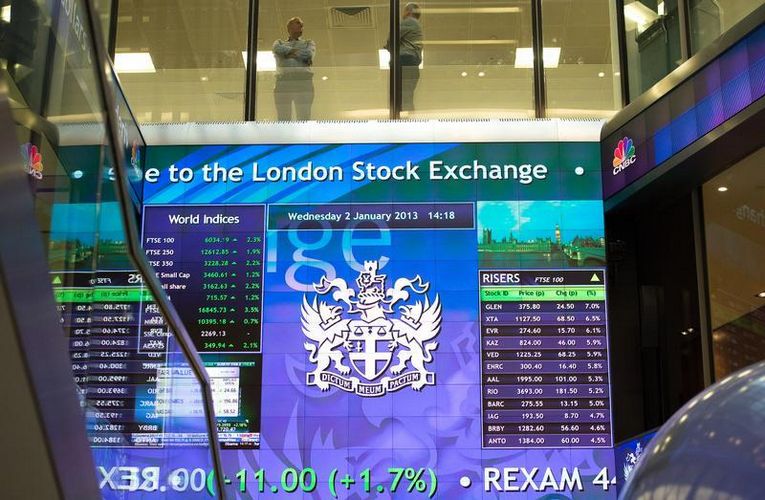CurveGlobal is set to trade its millionth contract this week, less than 10 months since the interest rate derivatives platform was launched by the London Stock Exchange Group in conjunction with Chicago’s CBOE and a group of the largest swap dealers.
Created as an open access alternative to Deutsche Boerse’s Eurex and ICE Futures Europe, with lookalike contracts that can be cross-margined against OTC swaps at LCH SwapClear, volume has surged since merger talks between LSEG and Deutsche Boerse collapsed at the end of March, putting the newcomer’s future on a firmer footing.
“Passing one million contracts traded is another important milestone that CurveGlobal has hit ahead of projections,” said Andy Ross, CEO of CurveGlobal. “By building liquidity and sustainably growing open interest we remain committed to our central goal of providing genuine choice and competition to the futures market.”
In the three months from March 29, open interest increased by 82%, reaching 111,000 across short-term interest rate futures on sterling and Euribor. The number of block trades jumped by 60%, while block volume was up almost 300% and average block sizes more than doubled.
With 11 bank participants – up from seven at launch - bank average daily volume has increased by a third and represents over a quarter of all traded volume, compared with just 18% prior to the end of merger talks.
LIQUIDITY TRANSFER
Despite the momentum, Curve’s share of the ultra-liquid market still languishes below 2%. The pace of that liquidity transfer, however, already exceeds that seen during the early 1990s, when Frankfurt embarked on an ambitious and ultimately successful plan to wrench Bund futures trading from London’s Liffe.
Predicated on the efficiency benefits of electronic trading offered by Deutsche Boerse’s electronic derivatives exchange, DTB, the Bund transfer took eight years in total. The battle culminated in a near-complete liquidity shift by 1998, after DTB had merged with Switzerland’s SOFFEX derivatives bourse, its decade-long partner in the effort, marking the creation of Eurex.
The Bund transfer remains an anomaly in a futures market with a notoriously poor record for lookalike strategies. Earlier this year, Nasdaq shut its London-based NLX derivatives platform amid flagging volumes in its short and medium-term interest rate contracts. Like CurveGlobal, the failed venture pinned its hopes on cross-margining between listed futures and OTC swaps to generate capital efficiencies.
For NLX, the strategy proved an uphill struggle, hampered in part by delays to the expansion of LCH’s Spider portfolio margining tool beyond the STIR products that went live in May 2016. By early 2017, open interest on the near three-year old bourse had already been surpassed by the three-month old Curve platform.
LSEG executives remain confident that the open access strategy has legs given rising demand for margin efficiencies against a regulatory backdrop that includes stringent capital and leverage requirements under Basel III, collateral challenges associated with OTC swaps clearing, uncleared margin rules, the net stable funding ratio, and forthcoming MiFID II reforms.
“This doesn’t have to be a winner takes all market,” said Ross. “There are equilibriums in the futures market where different providers can be relevant, adding competition and adding value to new customers by co-existing.”
Margin backing interest rate derivatives currently totals US$240bn, of which US$140bn is associated with OTC products and the remainder with listed contracts. LSEG analysis shows that cross-margining of euro and sterling swaps with Bund and Gilt futures at four separate CCPs can deliver a 76% reduction in aggregate margining.
